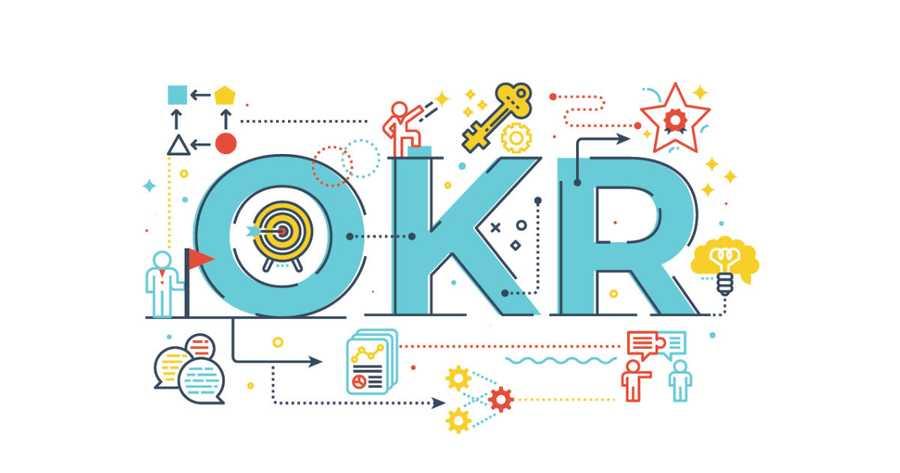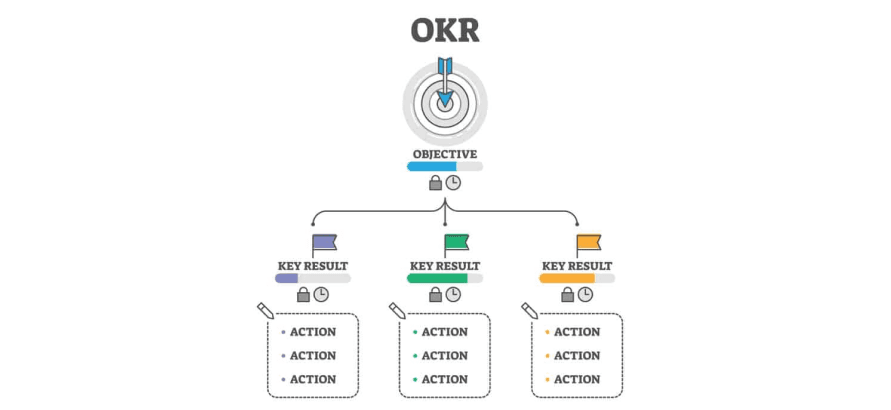Personal Objective Key Results - OKR
OKRs take big lofty goals, segment them into objectives, and then tie each of those objectives to actionable Key Results.
The Objective is the point on the horizon that you want to get to, and the Key Results are the measures that confirm to you that you’re making progress.
402
1.18K reads
CURATED FROM
IDEAS CURATED BY
The idea is part of this collection:
Learn more about personaldevelopment with this collection
How to build trust and respect with team members
How to communicate effectively
How to motivate and inspire others
Related collections
Similar ideas to Personal Objective Key Results - OKR
OKR (Objectives and Key Results)
The OKR (Objectives and Key Results) method helps you decide on and stick to a practical goal and then define what it would look like to have that goal completed.
For example, if you want to read a book a week, the Key Result would be reading 52 books a year, and the Objective can be to ...
OKRs Explained
OKRs provide a flexible hierarchy of objectives that cascade down through every team and individual. Everyone knows what to focus on. Everyone’s objectives are aligned.
Objectives are inspirational (qualitative) goals that communicate the business outcomes you’re looking to reach. They’re ...
Objectives and Key Results (OKR)
OKRs are a management and alignment methodology made famous by Google.
The Objective is qualitative, and the KR’s (most often three) are quantitative.
They are used to focus a group or individual around a bold goal. The objective sets a goal for a set period of time,...
Read & Learn
20x Faster
without
deepstash
with
deepstash
with
deepstash
Personalized microlearning
—
100+ Learning Journeys
—
Access to 200,000+ ideas
—
Access to the mobile app
—
Unlimited idea saving
—
—
Unlimited history
—
—
Unlimited listening to ideas
—
—
Downloading & offline access
—
—
Supercharge your mind with one idea per day
Enter your email and spend 1 minute every day to learn something new.
I agree to receive email updates



